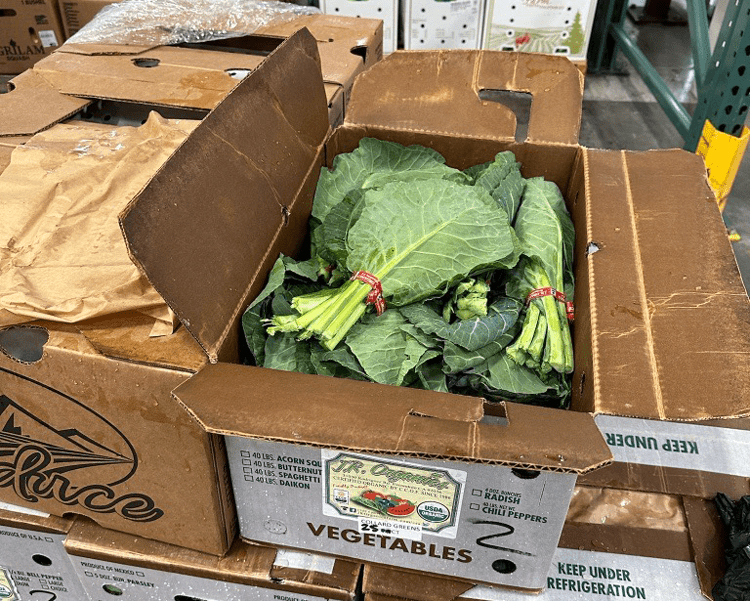Feeding San Diego Distributing Locally Grown Produce as Part of National Program
It’s an incredible sight to see tiny, bright orange carrots being pulled from the ground. To detect the distinct smell of cilantro wafting in the breeze. To see row after row of verdant green curly lettuce leaves popping out above the dark soil. Touring a farm makes you understand it’s a labor of love. Local farmers devote their time to growing the food that ends up on our tables. Above all, that is a precious gift to us all. Hunger-relief organizations like Feeding San Diego cannot usually purchase locally grown produce because of the higher prices and the volume needed to support communities with no-cost groceries. But thanks to a new national program, food banks like Feeding San Diego across the country are now distributing locally grown produce to community members.
New Program Supports the Underserved
Last month, Feeding San Diego started working with the local farm cooperative Foodshed. They are helping to source locally grown produce as part of the Local Food Purchase Assistance Cooperative Agreement Program (LFPA). The funding is made available to Feeding San Diego through the California Association of Food Banks, California’s leading hunger relief organization, of which Feeding San Diego is a member. This federal program provides funds to bolster the underserved, both farmers and community members served by hunger-relief organizations. Now, locally grown produce is being distributed to 1,350 households at two food distribution sites that provide it at no cost: one in Alpine and another in Mira Mesa. Many unique varieties of produce have been distributed so far. They include tangelos, beets, broccoli, lettuces, collard greens, bok choy, arugula, kale, kabocha squash, and shiitake mushrooms.
Collard greens from J.R. Organics at the Feeding San Diego distribution center
Part of the Local Food System
According to the San Diego County Food Vision 2030—a shared vision, plan, and movement for transforming our region’s food system from the San Diego Food System Alliance—building shorter food supply chains mainly comprised of local producers and food businesses provides a more sustainable and equitable alternative to the dominant way of moving food. It also creates opportunities for San Diego County’s small and midsize producers to capture a greater share of the consumer dollar, connect with local markets, and feed local residents. By investing in our region’s small and midsize producers and local food businesses, Feeding San Diego is positively impacting the local food economy.
“We know it’s critical to the strength of our local economy, environment, and community to support local food systems whenever possible,“ Patty O’Connor, chief operations officer at Feeding San Diego, shares. “While we do receive donated food from local farmers, we haven’t had the budget to purchase from them in the past. The LFPA program centers on the importance of supporting local food systems in our hunger-relief work. We hope this will remain at the forefront of our sourcing practices in the years to come. Work needs to be done to remove barriers to accessing locally grown produce. This is a step in the right direction in San Diego County.”
Sourcing in San Diego
The LFPA program is a national program from the United States Department of Agriculture (USDA). It provides funds from the American Rescue Plan and Commodity Credit Corporation for state, tribal, and territorial governments to purchase foods produced within the state or 400 miles of the delivery destination. The program supports the local food system while building and expanding economic opportunities for local and underserved producers. One of those producers is Byron Nkhoma, the farmer behind Hukama Produce in Ramona. Byron tends the farm with his wife, Joyce. They live on the farm with their four children. Feeding San Diego now distributes Nkhoma’s locally grown produce, including heirloom lettuces.
Byron of Hukama Produce
“I think it’s such a huge partnership. For every farmer, you look into issues of ‘Okay, I’m growing this, but how am I going to get this to the right people?’ The market channels are pretty much limited. We have been doing farmers’ markets. It has been great, but there is that gap that has to be filled where we see the need for other communities that we cannot reach because of the absence of the farmer’s markets in those areas. And we see that an organization like Feeding San Diego has those hands to actually reach those places. And for us, it is a fulfillment of that gap. We are more than happy to work with Feeding Diego,” Nkhoma explains.
Working Together To Create a More Sustainable & Just Food System
As part of the program, hundreds of thousands of dollars will be injected into the local food economy by purchasing local produce over the next two years. This is an investment in the local food economy. It supports the people working tirelessly to ensure fresh produce is grown in San Diego County. So far, Feeding San Diego has sourced produce from eight local farms. This is providing a consistent purchasing model and strengthening the supply chain for these small farms. The farms include:
- Hukama Produce in Ramona
- Sage Mountain Farm in Anza
- Behneman Farms in Valley Center
- Jacy Farm in Anza
- Stehly Farms in Valley Center
- J.R. Organics in Escondido
- Solidarity Farm in Pauma Valley
- Papa Joe Farm in Jamul










